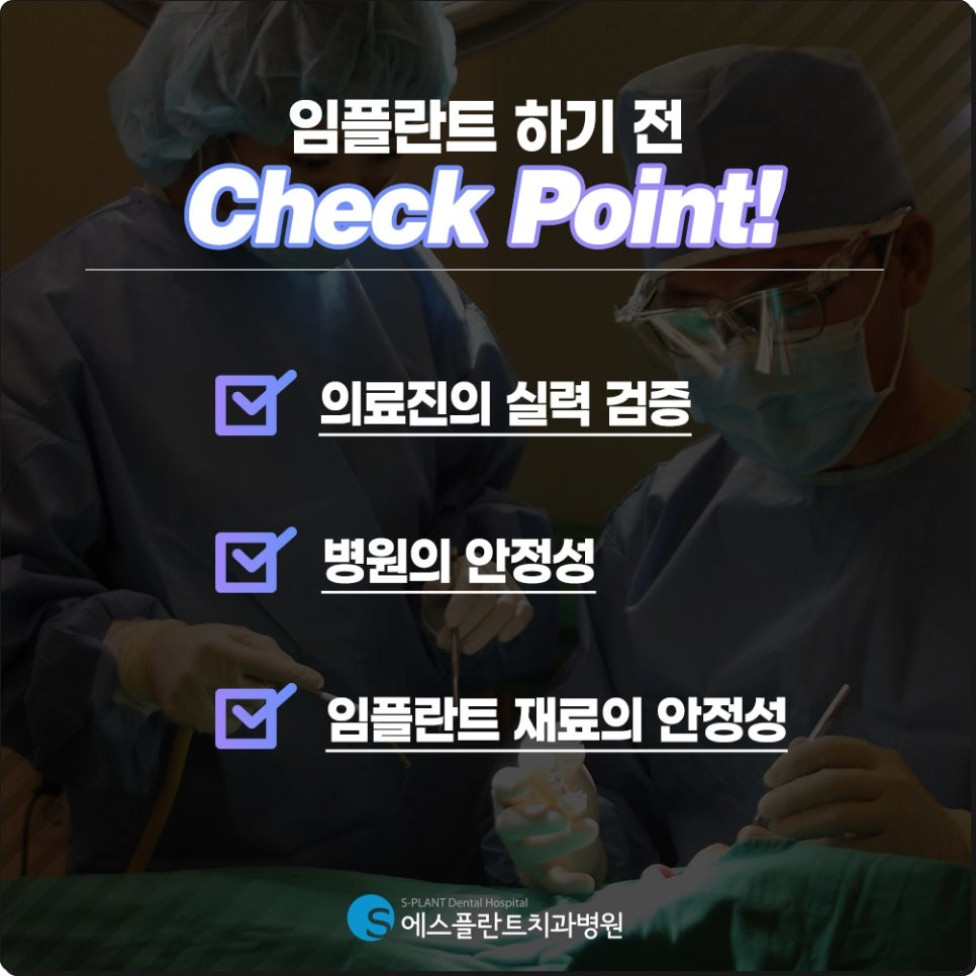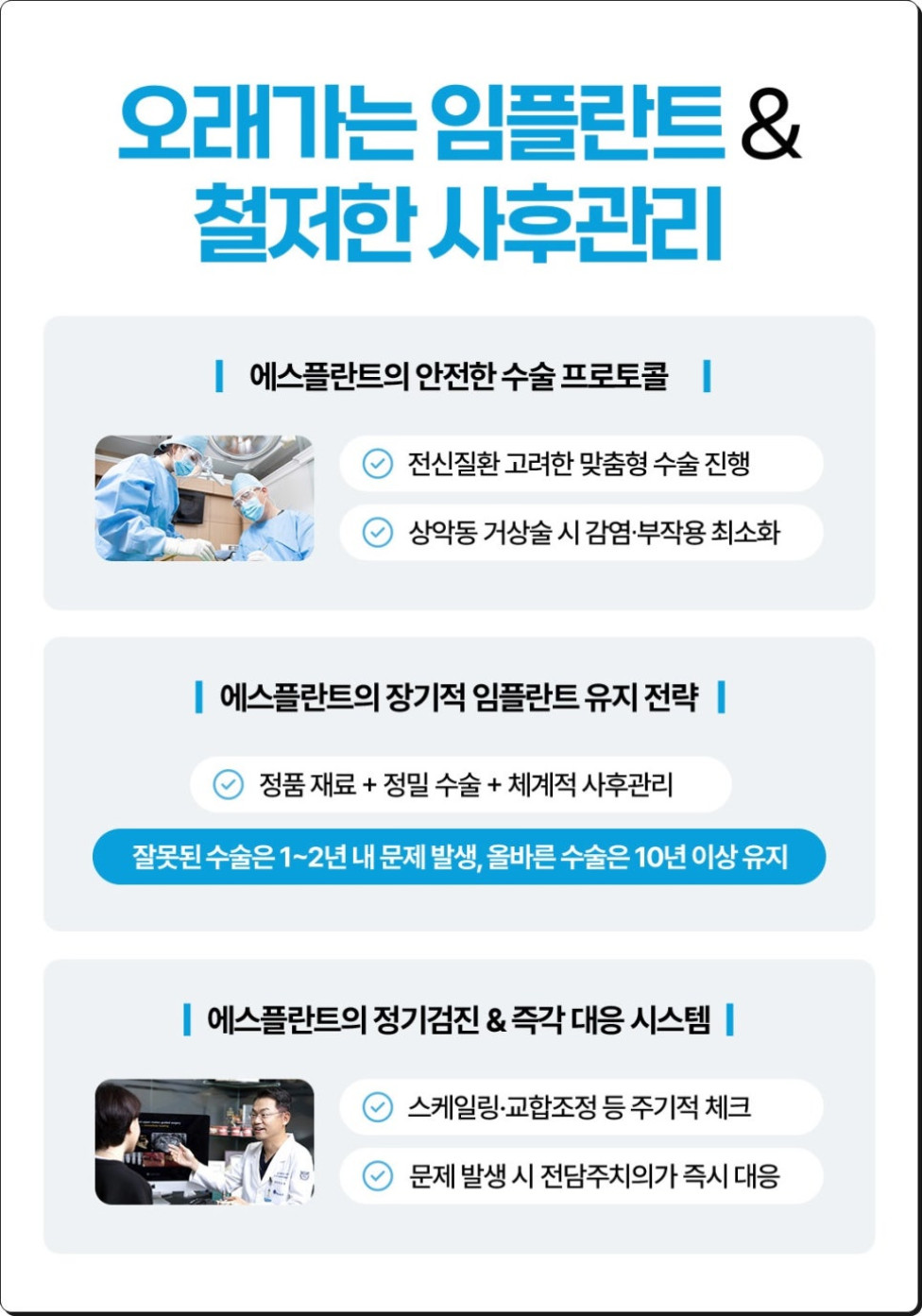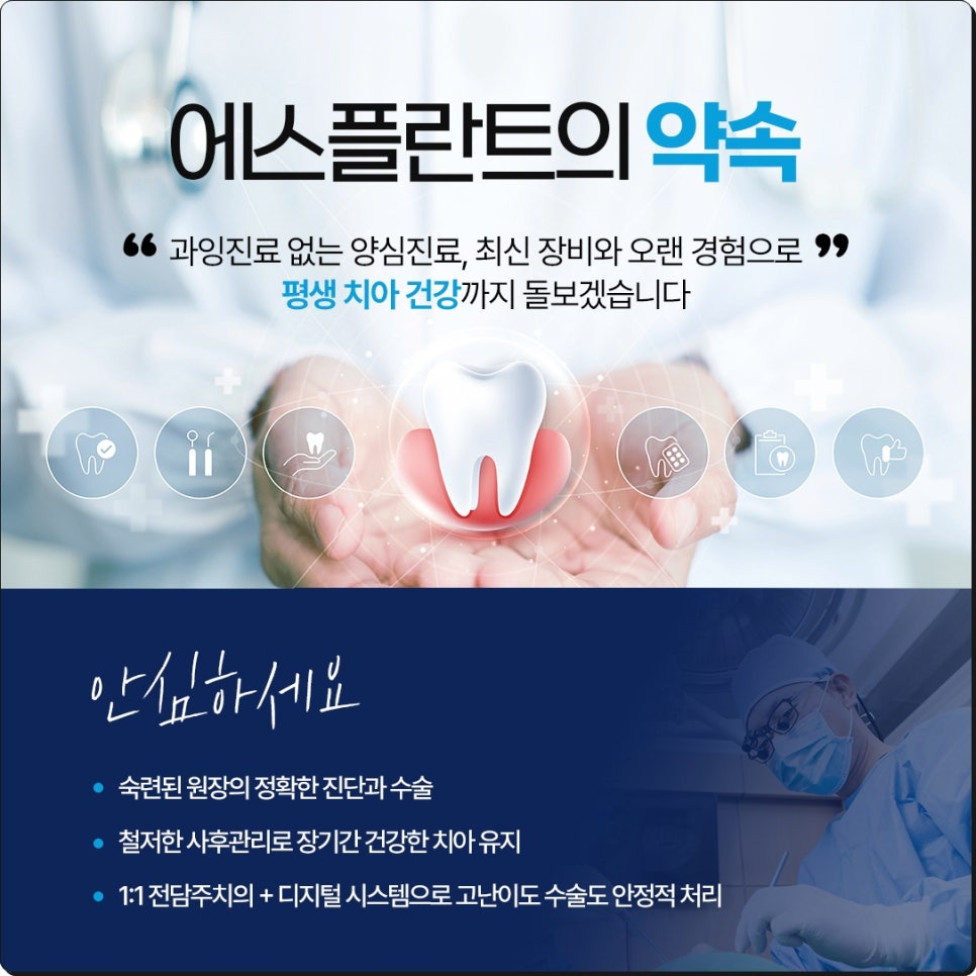Managing Nosebleeds After a Sinus Lift

If you experience nosebleeds after a sinus lift:
"1" Understand why a sinus lift is necessary
"2" Know the causes of nosebleeds after the procedure
"3" Be aware of what to do when sinus lift nosebleeds recur
"4" Take precautions during proper care and recovery
After losing a tooth for a long time, the jawbone can be absorbed, making it difficult to place an implant. In these cases, a sinus lift is performed to secure the height of the jawbone. This surgery involves lifting the sinus membrane and filling the space underneath with artificial bone, which is an important step in creating a foundation for the implant.
However, because the procedure is performed in an area adjacent to the nose, some patients may experience nosebleeds after a sinus lift. Nosebleeds are usually temporary, but if not managed properly, inflammation or bleeding may persist. Therefore, it is necessary to accurately understand the cause and how to respond.
"1" Understanding Why a Sinus Lift Is Necessary
A sinus lift is performed when the bone in the upper molar area is thin or has been absorbed. The maxillary sinuses are empty spaces located on both sides of the nose, situated above the alveolar bone. Over time, the bone in the area where a natural tooth has been lost gradually decreases, and the maxillary sinus descends, resulting in insufficient space to place an implant.
At this time, the sinus membrane is carefully lifted, and bone graft material is placed underneath to secure the height of the bone. This allows the artificial tooth root to be stably implanted. Because this procedure is performed very close to the nose, it is important to accurately understand the structure inside the sinus and the distribution of blood vessels. Nosebleeds after a sinus lift are one of the natural reactions that can occur due to these anatomical characteristics.
"2" Understanding the Causes of Nosebleeds After the Procedure
Nosebleeds after a sinus lift can occur when the sinus membrane is slightly damaged during the surgery or when pressure is applied after the surgery. Immediately after the surgery, blood flow inside the sinus increases and the mucous membrane is irritated, so it is normal for a small amount of nosebleeds to appear for a few days.
However, frequent nose blowing or strong sneezing can increase the pressure inside the nose and worsen the bleeding. Because small blood vessels are densely distributed near the surgical site, even very slight irritation can lead to bleeding.
In addition, the mucous membrane is weakened during the initial recovery period after surgery, making it sensitive to changes in external air temperature and dry environments. For this reason, nosebleeds after a sinus lift may temporarily appear after surgery.
However, if the bleeding is heavy or lasts for more than a few days, it is essential to have it checked by a healthcare professional. This may not be a simple mucosal irritation but a secondary symptom due to blood vessel damage or inflammation inside the sinus. In particular, if an infection is accompanied, nasal congestion, headache, and facial pain may occur together. In this case, it is necessary to respond quickly to prevent the inflammation from spreading.
"3" Precautions When Sinus Lift Nosebleeds Recur
If nosebleeds after a sinus lift recur, the most important thing is 'pressure control.' Because the surgical site is close to the space connected to the nose, it can be irritated by even small pressure changes. Actions such as blowing your nose hard, coughing, or forcibly holding back a sneeze are all bad.
In particular, do not blow your nose hard within 2 weeks after surgery, and stabilize the bleeding area with light pressure. Even if a scab forms after the blood has clotted, removing it with your hands can damage the mucous membrane again.
Maintaining indoor humidity and using a saline spray can prevent the mucous membrane from drying out. In addition, a slightly bowed posture is more helpful in relieving bleeding than tilting your head back. Tilting your head back can cause blood to flow into your throat, causing coughing or nausea.
If the bleeding is severe, you can apply light pressure under your nose with a clean gauze to stop the bleeding. However, if the bleeding does not stop for more than 30 minutes, or if blood repeatedly flows from one side of your nose, you must see a healthcare professional. Nosebleeds after a sinus lift are mostly temporary, but if not properly managed, they can lead to infection.
"4" Take Precautions During Proper Care and Recovery
After a sinus lift, the gums and sinuses recover together. Because the surgical site is sensitive to external stimuli, it is best to eat soft foods initially and avoid excessive exercise or lifting heavy objects.
Alcohol and smoking can change blood flow and cause inflammation, so they should be avoided for at least 2 weeks. It is helpful to keep your head slightly elevated when sleeping to reduce swelling and pressure.
Even after the nosebleeds have stopped, avoid strongly stimulating the nose, and when cleaning the inside of the nose, use saline to gently manage it. Nutrition is also important. A diet rich in protein and vitamin C helps wound healing. On the other hand, foods that are too hot or spicy can irritate the mucous membrane.
Maintaining indoor humidity and keeping the area around the nose warm are also beneficial for recovery. Regular check-ups confirm the presence of inflammation inside the sinus, the stability of the artificial bone, and the recovery status of the membrane.
By following the instructions of your healthcare provider and consistently taking the prescribed medication, nosebleeds after a sinus lift can usually improve naturally. Nosebleeds after a sinus lift are rare but require careful management because they are changes that occur in a sensitive area.
In the early stages after surgery, mild bleeding is a natural reaction, but if it is repetitive or lasts for a long time, you should see a doctor. In addition, even after the nosebleeds have stopped, it is necessary to check the condition of the gums and sinuses together. I wanted to let you know that it is good to combine continuous management and regular check-ups.


















Source :https://blog.naver.com/snjht21/224044243087
No comments yet.
